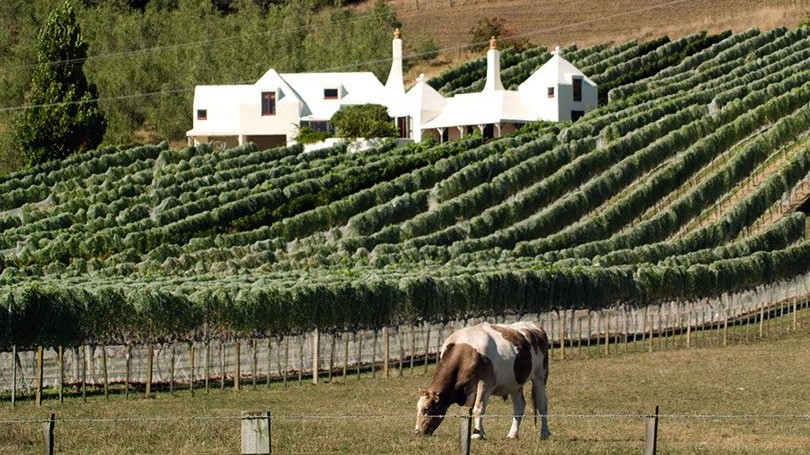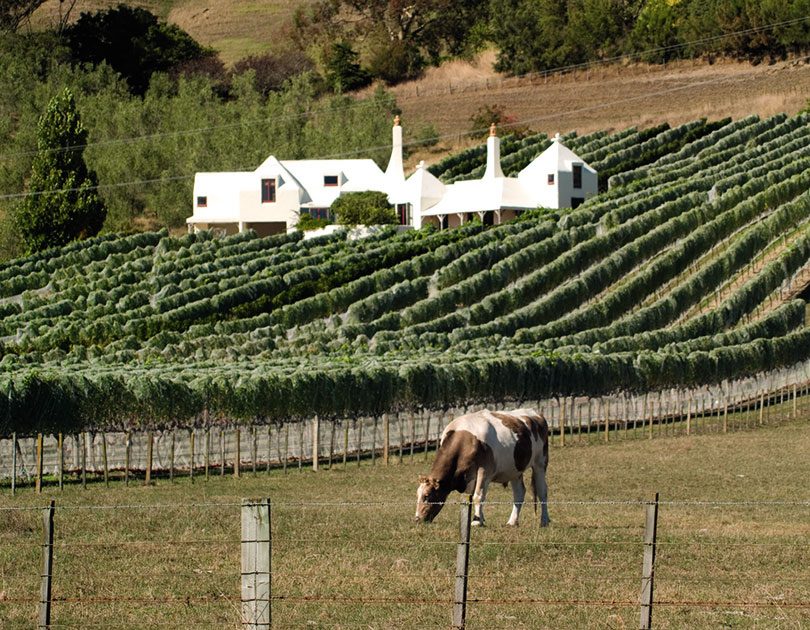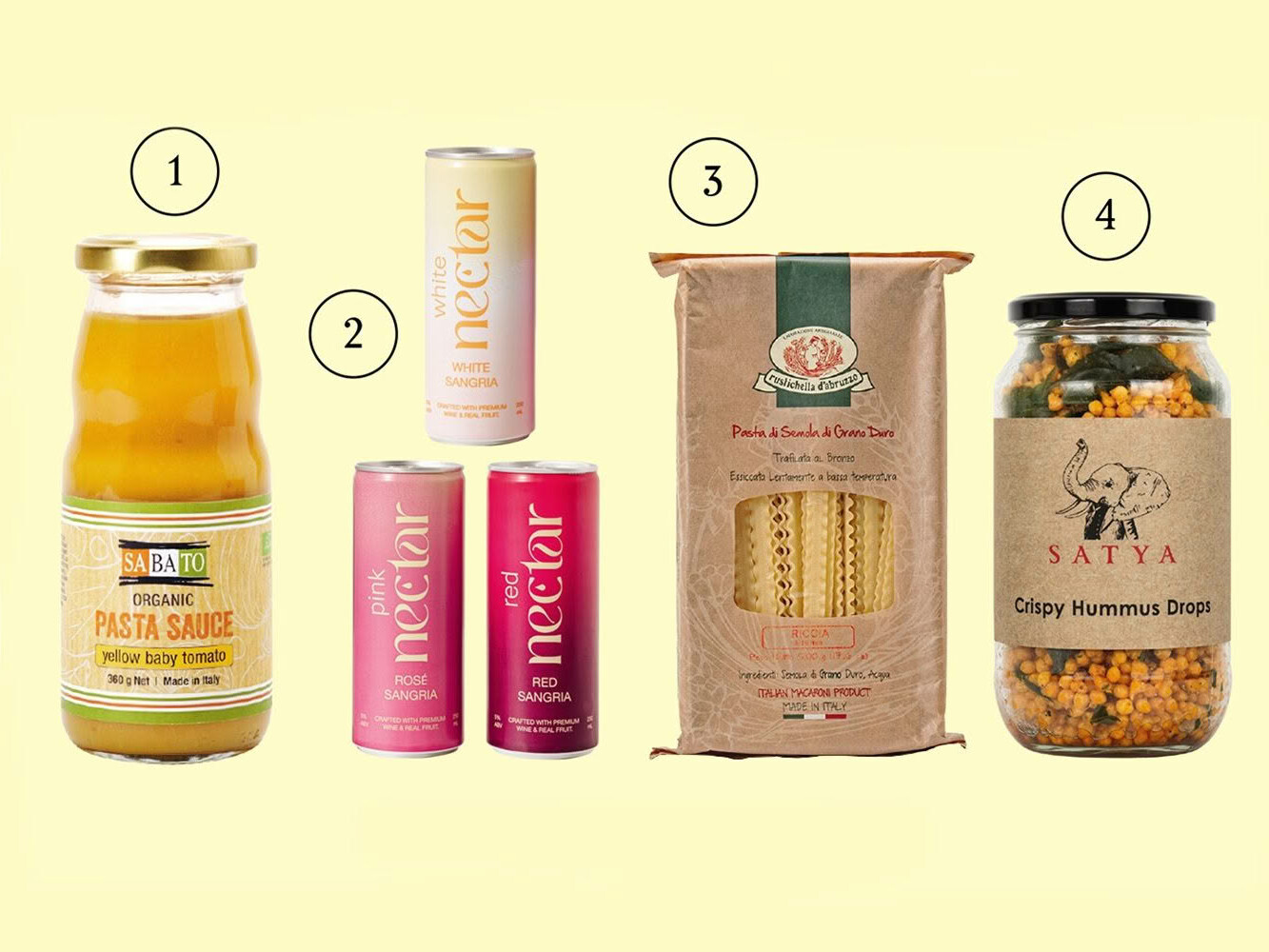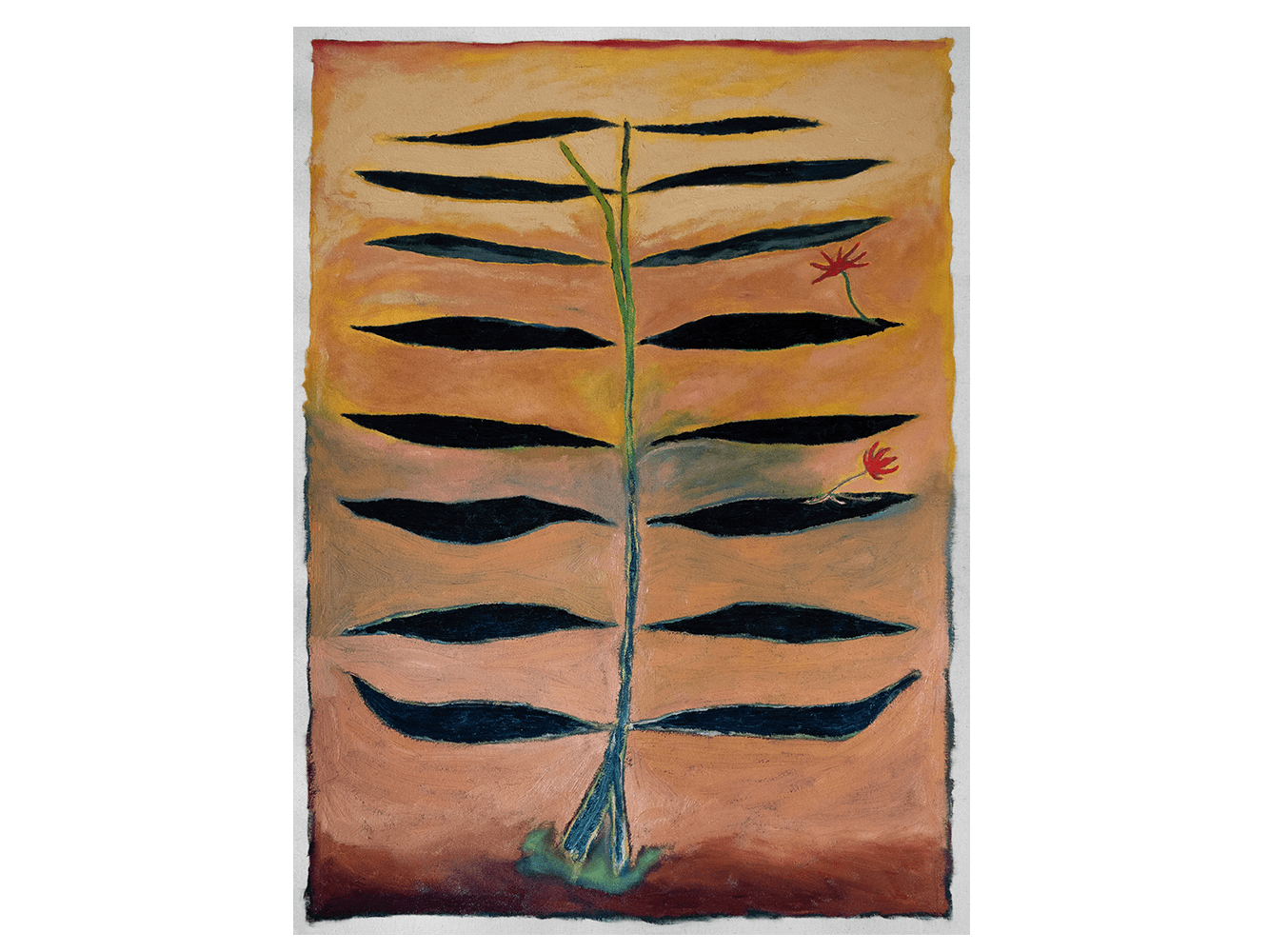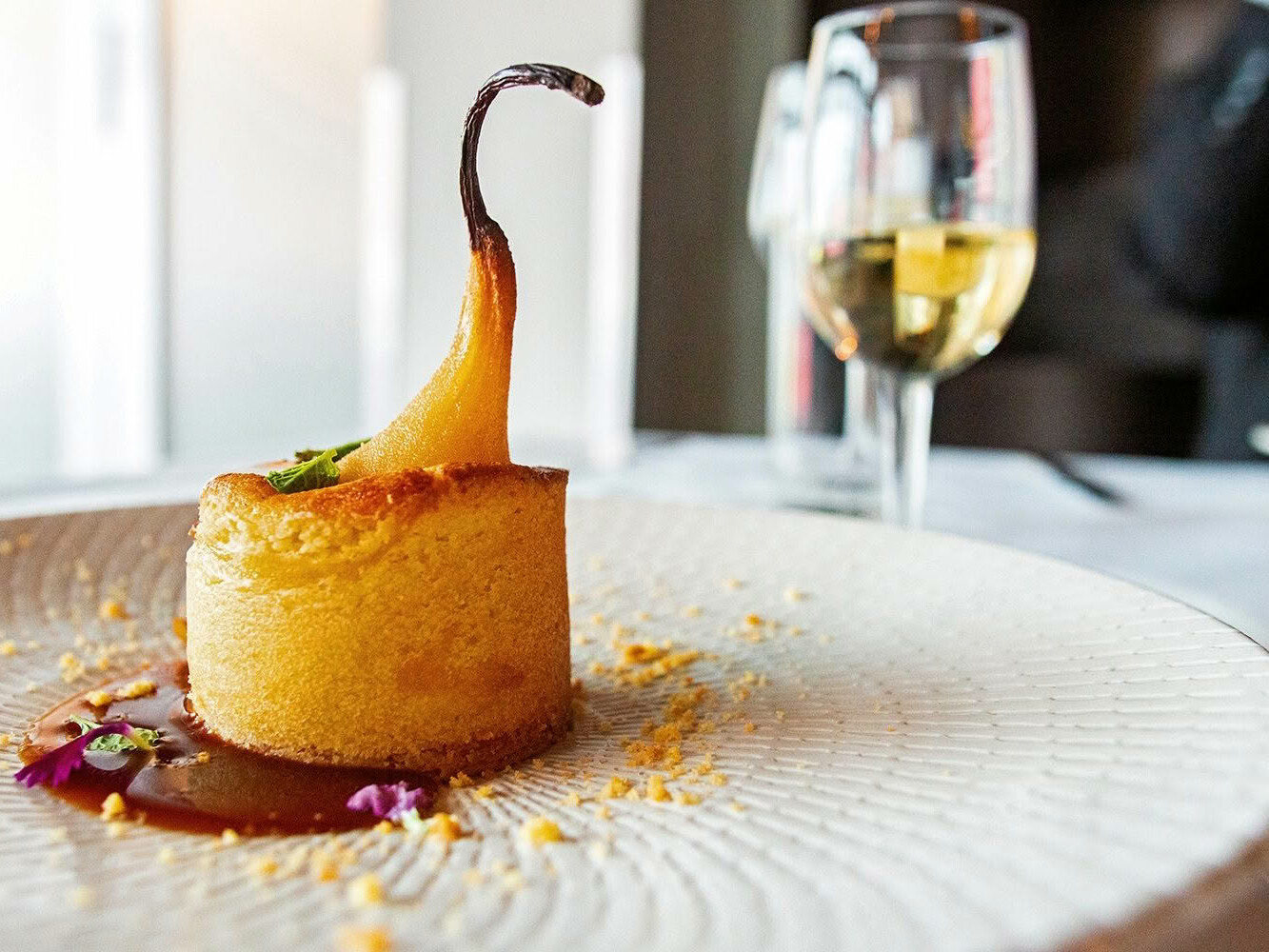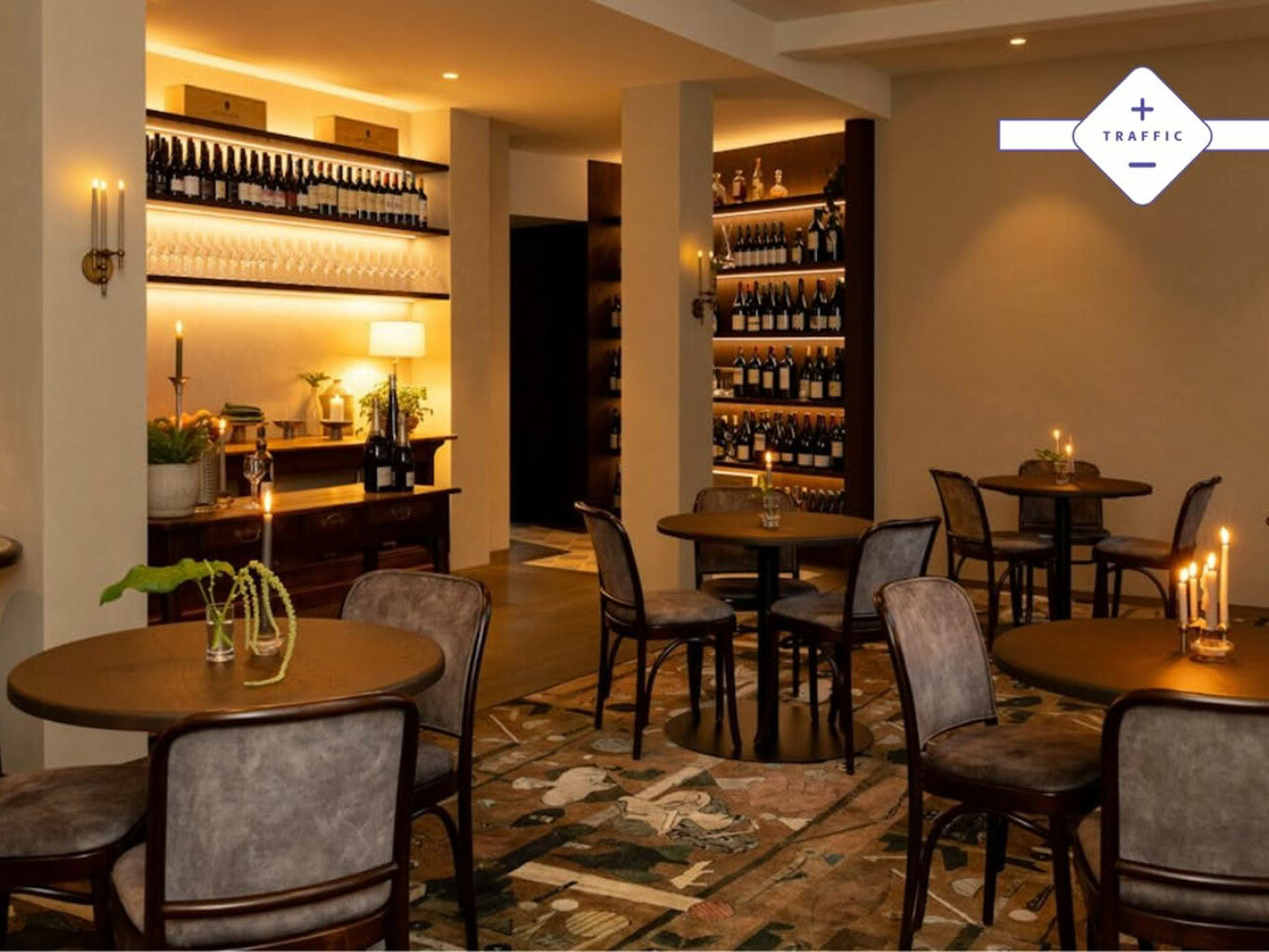The annual release of Te Mata Coleraine is always an affair, but after a year of economic uncertainty, this year’s 2019 Coleraine launch was more indulgent and grander than it has been for some time. The Harbourside Room on Wellington’s waterfront was booked for back-to-back sessions – part of a high-profile series of events across New Zealand (and abroad, via teleconference) celebrating the launch of this vaunted vintage. As Nick Buck of Te Mata Estate revealed at the tasting, 85% of the wine had already sold. At $115 a bottle ex-winery, this is no small feat. Most well-known wines in New Zealand achieve high scores from the usual coterie of wine critics, and this admittedly excellent Coleraine is no exception. These scores are often used by purchasers who have not tasted the wine themselves as a guide or assurance of future satisfaction, or in the case of those intending to resell the wine, as a guarantee of resale value; which brings us to the point of this piece. Most of these bottles will not be opened for several years, and it is likely that a significant proportion will be resold at higher prices on the secondary market once the primary market (the winery) is exhausted. These wines are investments – in future pleasure, financial return or both. What leads us to treat wine this way? Does it risk sucking all the joy out of wine to treat it as an investment, and how did this phenomenon of paying a high price now in the hopes of deriving the benefits of that price going higher later, even come from?
First up, let’s address the physical and tangible product itself: the wine. Because these wines need time to increase in value, the styles that invite this behaviour are inherently cellar-worthy. Consequently, Marlborough sauvignon blanc and other drink-now styles are excluded, while structured, slow-developing wines gravitate towards this space. Many of these are classic reds from Bordeaux varieties such as pinot noir, nebbiolo or syrah, but also chardonnay (riesling is supremely age-able as well, but the market remains niche and suppressed for the variety outside of its fanatical fan-base, which I imagine is much to their delight). It also requires implicit acceptance of some chronicle of value provided by arbiters of quality, since most people trading in these bottles will not be opening them to taste beforehand, so the system does not work without wine scores. Furthermore, and reflected in how scores of 95-100 are granted, wines of this style and quality are valued not for how they currently taste, but for their potential to taste much better when they are mature. Conversely, it stands to reason that if one were to open and drink a bottle now, it would not justify its price, especially since part of that inherent quality is built into the release price. If this were viewed as a linear scale, the value of the wine should increase gradually as that potential is realised.
A segment of the wine world takes it even further, by participating in wine futures. Say what, now? Wine futures are a method of buying that relies on the notion of certain wines rising in value as demand builds, due to increasing esteem or decreasing availability. Most often precipitated by a change in perception/prestige of particular vintages over time, it can also happen to estates or wines considered undervalued or up-and-coming. It hinges on presumptions of inside knowledge, or some well-kept secret, which, once revealed, will bestow fortune upon those who are astute enough to buy in early. It does not always bear out in practice, obviously, as can be expected of all speculative enterprises. After all, if something is a given, the returns often shrink as market forces work their way through the chain.
Bordeaux’s en primeur campaign is the most well known of the various ‘wine futures’ systems. Participating estates offer for sale limited parcels of the vintage currently ageing in the barrel, via a complex chain of brokers and retailers across global markets (curiously, since most retailers offer the same wines as one another and at similar prices, there is little to distinguish between them). Interested buyers essentially prepay for these wines before they have completed barrel-maturation, either based on reports from critics or the reputations of the estates themselves. En primeur performance ebbs and flows to the complex rhythm of inter-related variables: vintage quality, relative price, economic outlook, investment appetite, quantity/availability and the overall price trends of the top, indexed Bordeaux wines. We are currently seeing a resurgence in en primeur after several years of suppressed interest. In many ways, it operates like a stock market, not least because money often changes hands with passage of title rather than possession.
However, the measurement of this inherent quality is not a science, and critics do regularly get it wrong. When they do, or when oracles proclaim the ‘greatest vintage of all time’ for multiple years in close succession, doubt and uncertainty seep in and prices stagnate (or fall). After all, speculation is driven by the promise of scarcity. This phenomenon is also nothing new – it has been around for as long as there has been free-market pricing for wine (be it in the secondary market or with resellers within the chain of distribution). But what does this mean for the majority of wine drinkers? Are wine futures only for the wealthy collectors and speculators? Is buying at release the only affordable (by some definition of the word) way to obtain these bottles for enjoyment in the distant future when the rewards of patience can be reaped? As disappointing as it might be, this is largely true – if you look at the auction catalogues for fine New Zealand wine, blue-chip wines such as Coleraine, Ata Rangi Pinot Noir and Felton Road Block 5 rarely lose value. But there is hope yet – one perspective is to accept that great wine-drinking experiences are not the exclusive domain of the prestigious names. These wines are blue chips because they are reliably and widely desirable. If you look beyond the well-known, celebrated labels, there is an entire world of deliciousness on offer. Let go of the illusion of absolute, finitely divisible and numerically measurable greatness in wine, and open the doors to the enjoyment of exploring the stories from the ‘small wines’. Even the Bordelais have a term for this – without any note of disparagement, they call them the petits châteaux. The existence of one need not take away from the existence of the other. Let’s enjoy all that the world of wine has to offer. Santé!
SEE MORE FROM CUISINE
Design File / Jessica Crowe / stylist, painter / Whangamatā
Though you may not know Jessica Crowe’s name, if you are a regular…
Traffic July / August 2025
Josh and Helen Emett continue the elegance and success of Gilt, with…

